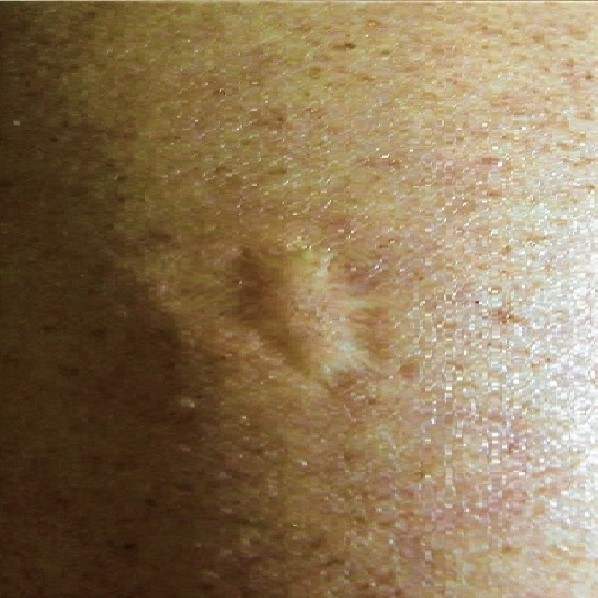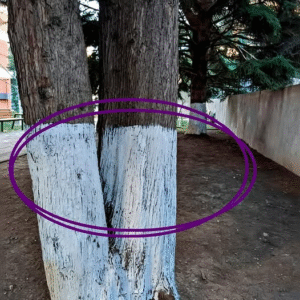A Dea.dly Virus That Shaped History
Smallpox ranks among the dea.dliest viral infections in human history. It caused high fevers and a distinct skin rash. By the early 1900s, outbreaks devastated communities. The virus ki.lled 3 out of every 10 infected. Survivors often carried facial scars for life.
The Vaccine That Changed Everything
Scientists fought back with a revolutionary vaccine. They used vaccinia, a live virus related to smallpox, but one that didn’t cause the disease. The vaccine trained the immune system to recognize and destroy the smallpox virus.
A Mark of Survival
The vaccine left behind a distinctive scar. Most scars appeared as small, round dents—often smaller than a pencil eraser. However, some people developed larger, raised scars due to a stronger immune response.
How the Vaccine Worked
The vaccination method differed from today’s shots. Doctors used a bifurcated needle—two prongs dipped into the vaccine. They jabbed the skin several times, creating a small wound. This triggered the body’s immune response and left a lasting scar.

Closeup of a smallpox vaccine scar on someone’s arm, Photo Credit: Wikimedia
The Healing Process
The site formed a scab, became sore and itchy, and eventually fell off. In its place, the telltale scar remained—a lasting sign of immunity.
Why the Upper Left Arm?
Most vaccinations occurred on the upper left arm. However, in some cases, doctors administered the shot in alternate locations like the buttocks.
Side Effects and Risks
Though life-saving, the vaccine sometimes caused side effects. Mild symptoms included fever, soreness, and swollen lymph nodes. Rare but serious complications involved allergic reactions, skin infections, or even brain inflammation.
No Longer Routine
After smallpox was eradicated in the early 1950s, routine U.S. vaccinations stopped in 1972. Today, only high-risk workers—such as lab personnel—receive it.
Fading Scars, Lasting Impact
These vaccine scars are now rare. Some try to fade them using sunscreen, scar ointments, or treatments like dermabrasion. Still, the scar remains a powerful symbol—a reminder of medicine’s victory over a de.adly foe.





